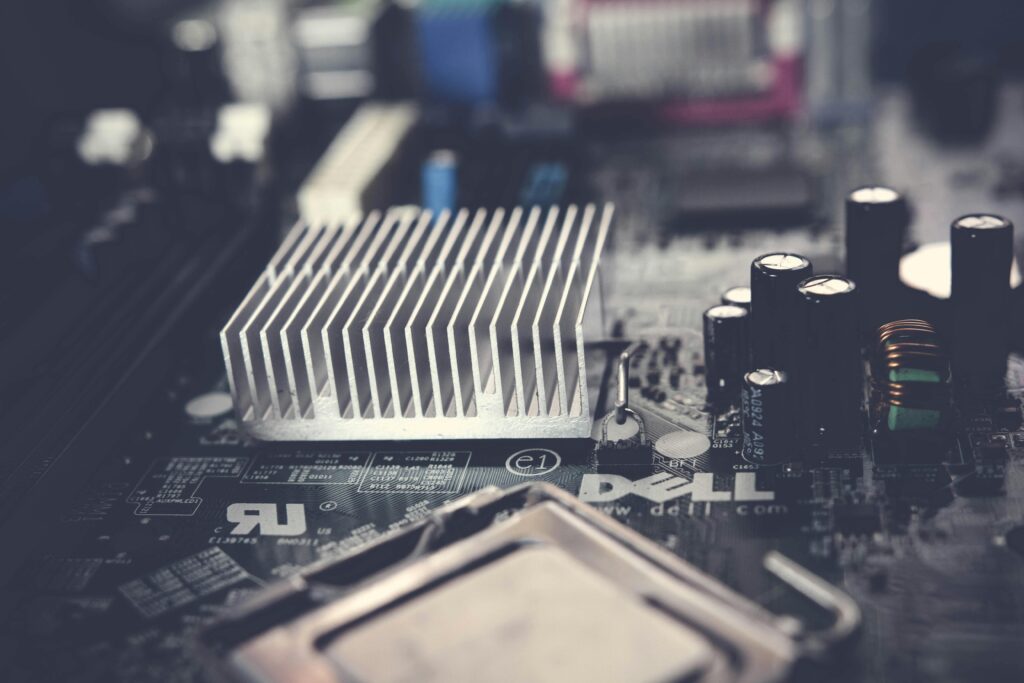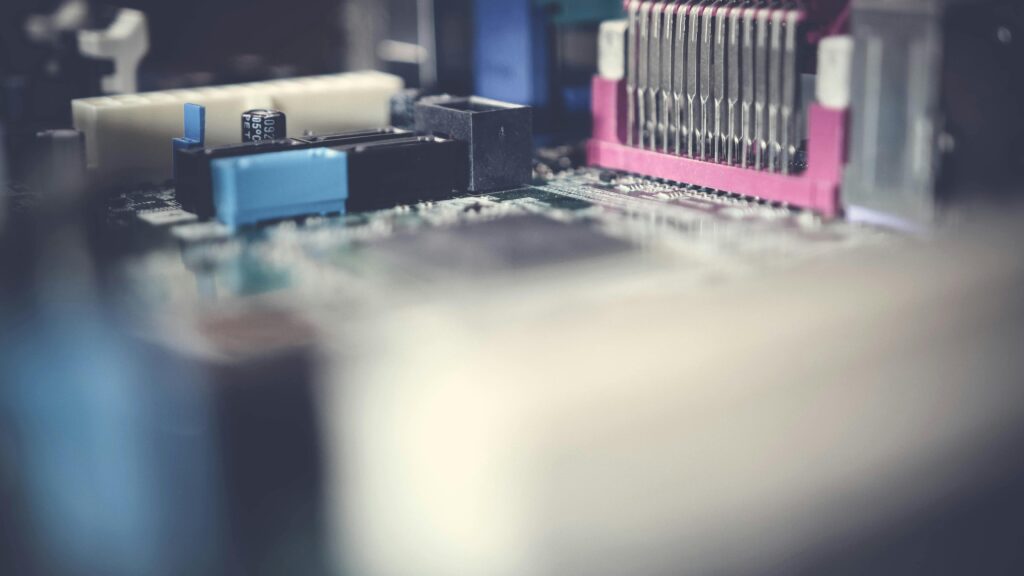When I first started exploring low-level computing, one concept immediately caught my attention — stack pointers. At first, they seemed complex, but I soon discovered how essential they are for managing subroutines, memory, and interrupts. The more I learned, the more I admired their precision and logic. In this article, I’ll explain what stack pointers are, how they work, and why they’re vital to efficient program execution. Let’s dive into this fascinating part of computer architecture together.
Alan Turing on “bury” and “unbury”
Interestingly, the foundational idea of the stack aligns with what Alan Turing once described as “burying” and “unburying” data. At first glance, these terms may sound poetic. However, they precisely describe what a stack does. When I perform a PUSH operation, I “bury” data by placing it deep within the stack. Later, when I need it again, I “unbury” it with a POP operation.
Therefore, I see Turing’s analogy as more than a metaphor—it’s a way to visualize memory control. Moreover, this perspective helped me understand why stack pointers are so efficient. They don’t just store information—they manage access and recovery with purpose and clarity.
The Power Behind Stack Pointers
To begin with, a stack is a powerful tool. It supports the execution of subroutines and responds to interrupts smoothly. I use it to organize data in a very specific order. Why? Because a stack follows the Last In, First Out principle—LIFO for short. This means the last value I place on the stack is the first one I retrieve.
Furthermore, there are only two operations I need to remember: PUSH and POP. With a PUSH, I insert a machine word onto the stack. With a POP, I retrieve it. Every time I interact with memory, the stack pointer acts as a guide. It points to the current position and updates as needed. That’s how the system ensures I stay true to the LIFO structure.
The physical location of the stack depends on the processor. Often, it begins at the end of the main memory and grows downward, toward lower addresses. Therefore, the program itself starts at the beginning of memory, followed by its data section. But here’s the catch: the stack must not grow too large. Otherwise, it might overwrite the program or its data. This scenario is known as a stack overflow.

When that happens—usually because of a coding mistake—the operating system must shut the program down. Consequently, it’s my responsibility as a developer to manage memory with care.
Stack Pointer Operations Explained
There are two main ways I can update the stack pointer during PUSH and POP:
- I can adjust the pointer before writing (PUSH) or after reading (POP),
- Or I can adjust it after writing (PUSH) or before reading (POP).
Let me show you the first method in action. Suppose I want the stack to start at the very end of main memory. I initialize the stack pointer to the address just beyond the last one available. Now, if I want to PUSH the contents of register X, I do two things. First, I decrement the stack pointer. Then, I write X’s value to the memory location it points to.
Here’s how that looks in shorthand:
PUSH X:
SP = SP - 1
M[SP] = XTo POP the value back from the stack into register X, I reverse the process:
POP X:
X = M[SP]
SP = SP + 1In this case, I read from memory before increasing the pointer. This little detail matters. It ensures I never overwrite data or lose track of memory locations.
Additionally, I often use the stack to temporarily save other processor registers. This is especially useful in subroutines or when handling interrupts. At the start of such a section, I PUSH the relevant registers. Before I return to the previous state, I POP them in reverse order.
Importantly, I always make sure the number of PUSH and POP operations match. Otherwise, the stack becomes unbalanced, and that leads to bugs I really want to avoid.
Final Thoughts
In conclusion, stack pointers are essential. They help me maintain order during subroutine execution and interrupt handling. Thanks to the LIFO principle, PUSH and POP operations make the system reliable and efficient. I see the stack pointer as more than a technical detail. It is the heart of structured memory control.
By following consistent rules and staying aware of stack size, I can prevent overflows and system crashes. Above all, this knowledge gives me confidence. I know exactly how my programs handle memory—step by step, one stack frame at a time.
If you’ve ever wondered how machines remember what to do next, the stack pointer is your answer. Understanding it opens the door to deeper system knowledge. And once you grasp it, you’ll see the beauty behind every PUSH and POP.
Credits: Photo by Pok Rie from Pexels
What’s Next?!
Now that you understand how stack pointers manage memory and control program flow, it’s time to look at another essential component of CPU operation. In my next article, “What Is a Problem Counter and How Does It Work?” I’ll explain how this crucial element keeps track of instruction sequences and ensures smooth program execution. Join me to uncover how the problem counter helps your computer stay organized and efficient while running complex tasks.




